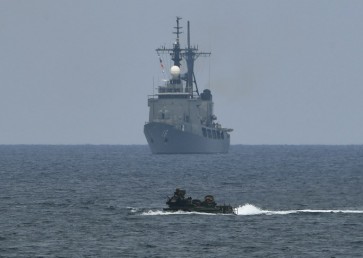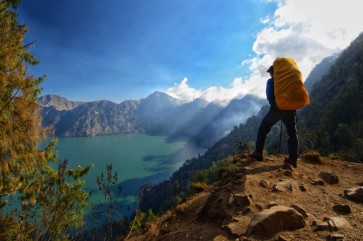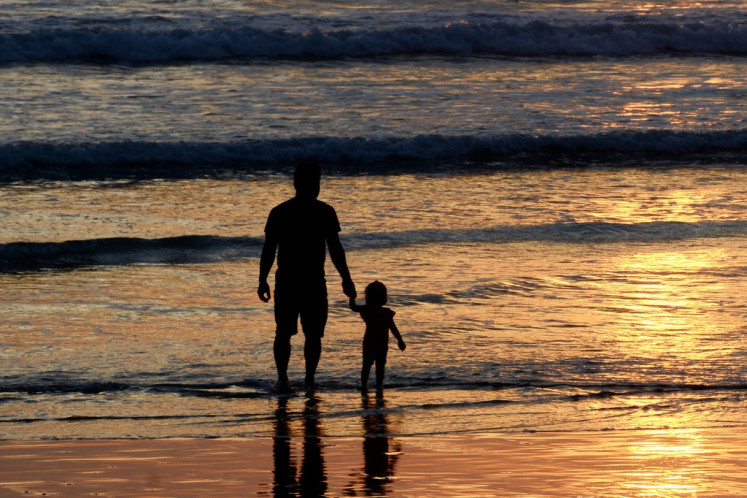Popular Reads
Top Results
Can't find what you're looking for?
View all search resultsPopular Reads
Top Results
Can't find what you're looking for?
View all search resultsEWS to be installed in areas prone to landslides: BNPB
The National Disaster Mitigation Agency (BNPB) is set to install early warning system (EWS) devices in areas prone to landslides in an effort to reduce casualties and fatalities due to landslides in vulnerable regions
Change text size
Gift Premium Articles
to Anyone
T
he National Disaster Mitigation Agency (BNPB) is set to install early warning system (EWS) devices in areas prone to landslides in an effort to reduce casualties and fatalities due to landslides in vulnerable regions.
For the first stage, 20 units of EWS will be installed in the mountainous regions of Dieng in Wonosobo, Central Java, and the southern mountainous areas of West Java.
'The exact places for the installment will be discussed in detail during a meeting to be held in Wonosobo,' BNPB chairman Syamsul Maarif said after conducting a coordination meeting in Yogyakarta.
Syamsul said 20 more units of EWS equipment would be installed in January 2015. 'We want to have all areas prone to landslides equipped with EWS,' he said.
He added that the 20 units of EWS to be installed in the first stage would be funded with the agency's money. 'We have Rp 89 billion of ready-to-use funds. We can spend some for the EWS installments,' he said.
He called on people in landslide prone areas to remain in high alert because EWS was just a supporting device. It was the people's disaster preparedness that was more important, he said.
'A landslide comes very quickly. Once the thundering sound is heard, the sweeping soil will hit in just minutes,' Syamsul said.
He reminded people that landslides were recurrent incidents. As such, people's sensitivity to signs and causes of landslides was needed to help reduce the number of fatalities.
Meanwhile, following the devastating landslide that hit Jemblung village in Sampang subdistrict, Karangkobar district, Banjarnegara, last week, the regency administration is set to relocate some 300 survivors from 82 families to areas located some eight kilometers from Jemblung.
The landslide buried alive 108 people along with 53 houses. As of Friday the joint search and rescue (SAR) team was still continuing the rescue efforts. Of the 108 victims, 86 had been found and evacuated but 22 are still missing.
Banjarnegara Deputy Regent Hadi Supeno said that his administration had prepared four plots for the relocation of the survivors.
One is located in former Karangkobar bus terminal that measures some 1,000 hectares. The other three are in Karanggondang subdistrict, Karangkobar, which have a combined area of 4,000 hectares.
'We need almost Rp 10 billion for the relocation of Jemblung residents, including for acquiring the land in Karanggondang from locals,' Hadi told The Jakarta Post, Friday.
He said the relocation was the result of an agreement made between the BNPB and the Central Java provincial and Banjarnegara regency Disaster Mitigation Agency (BPBD).
Hadi also said that landslide site in Jemblung would be turned into a green area belonging to the regency administration.
'For the time being we will only relocate Jemblung residents. Those outside Jemblung are called to maintain alertness,' he said.
Some survivors have expressed support for the relocation program, saying that it would be too traumatic to return to their village. They just expressed hope that the relocation site would not be far from Jemblung.
'That way we will not be far from our relatives in Sampang subdistrict,' Ahmadi, one of the survivors, said.










